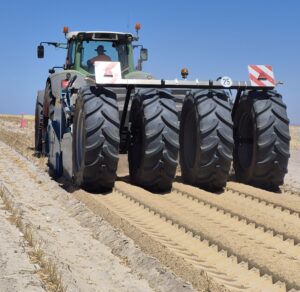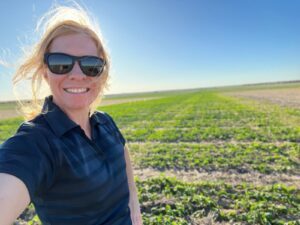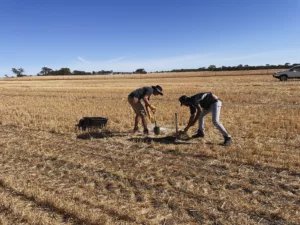PROJECTS
Overcoming constraints to the profitability of cropping systems on ironstone gravel soils within the Southern cropping region of Australia - Phase II
Providing new information on water and nutrient use efficiency of ironstone gravel soils to better inform their management.

PROJECT DETAILS
Status
completed
Duration
2021-2025
Collaborators
- Murdoch University
- University of Western Australia
- Queen’s University Belfast
- Grains Research and Development Corporation
Project team
Francesca Brailsford (MU), Daniel Murphy (MU), Tona Sanchez-Palacios (MU), Nicolas Farias Rabelo (MU), Frances Hoyle (MU), Jeremy Shaw (CMCA, UWA), Peta Clode (CMCA, UWA), Matthias Leopold (UWA), Panagiotis Manesiotis (Queen’s University Belfast)
Project overview
The distribution of gravel soils across Australia’s southern cropping zones is well known. Twenty-four per cent of land used for crop production in south-western Western Australia contains gravel. There are further gravel regions on the Eyre Peninsula and Kangaroo Island, South Australia.
Despite this, gravel soils do not reach their water-limited yield potential (kilograms grain per millimetre of available water). This is thought to be linked to the reactivity of gravel surfaces and their internal pore networks influencing water movement and fertiliser use efficiencies (especially phosphorus and nitrogen) in the soil profile.
Gravels vary in composition across the landscape due to differences in their parent geology and soils. As such, there is a need to understand this variability and its consequence on water and nutrient interactions.
The objective of this project was to provide growers and advisors with transformational knowledge, tools or technologies to improve the management of crops grown on ironstone gravel soils.
Despite this, gravel soils do not reach their water-limited yield potential (kilograms grain per millimetre of available water). This is thought to be linked to the reactivity of gravel surfaces and their internal pore networks influencing water movement and fertiliser use efficiencies (especially phosphorus and nitrogen) in the soil profile.
Gravels vary in composition across the landscape due to differences in their parent geology and soils. As such, there is a need to understand this variability and its consequence on water and nutrient interactions.
The objective of this project was to provide growers and advisors with transformational knowledge, tools or technologies to improve the management of crops grown on ironstone gravel soils.
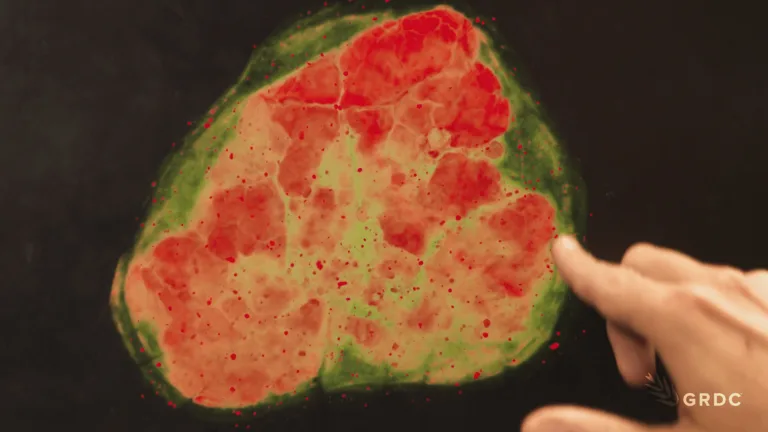
How is the research being used?
- New knowledge of gravel soil hydrology has been generated using pot and glasshouse trials to improve our understanding of the constraints on water in these systems. Some of these results have been shared in the Soil Quality: 9 Gravel Soil ebook
- Research on how crop root systems (wheat and canola) are affected by the soil’s gravel content has been conducted and is expected to be released to growers and industry later in 2025
- A novel product to improve water and nutrient use in gravel soils has been tested in glasshouse and field trials in different gravel types around Western Australia and work to bring the product to market is ongoing
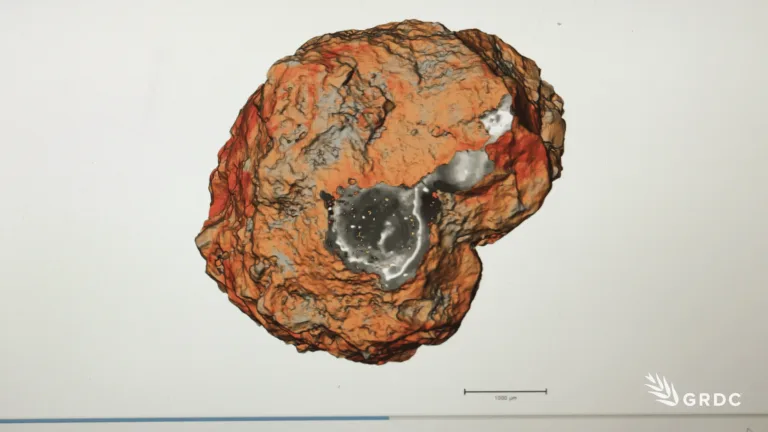
FUNDING PARTNERS
This project was supported by a Grains Research and Development Corporation (GRDC) co-investment. Other funding and in-kind support was provided by the Department of Primary Industries and Regional Development (DPIRD), Murdoch University, and The University of Western Australia.
GRDC Project Code: UMU2111-001RTX

Other projects
Tagged francesca brailsford, gravel, grdc, murdoch
